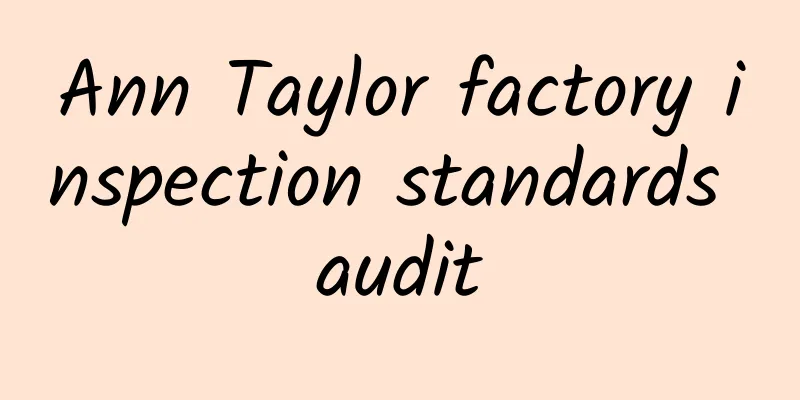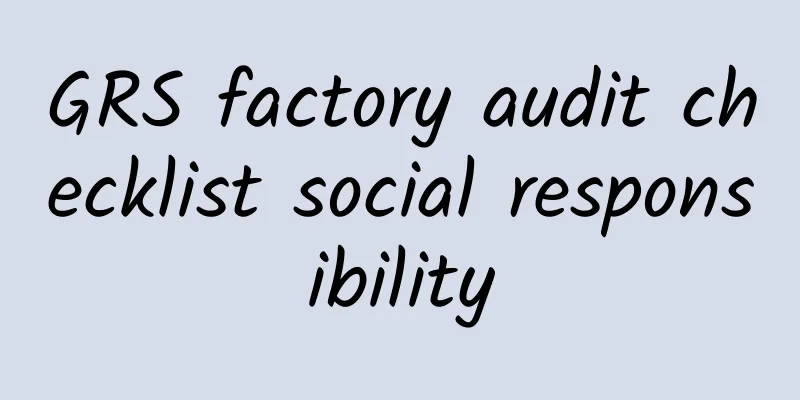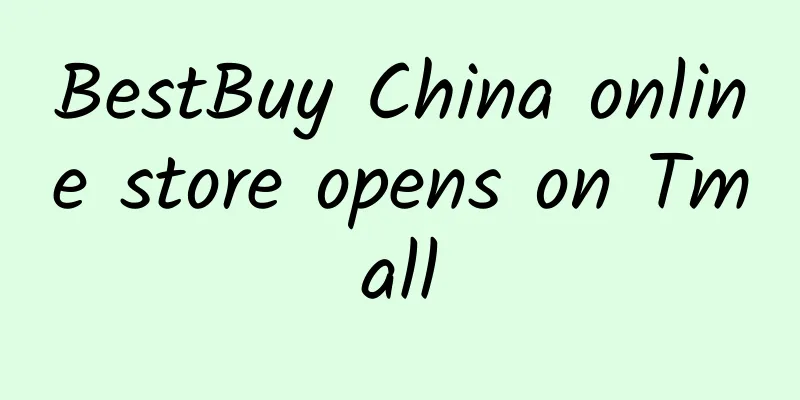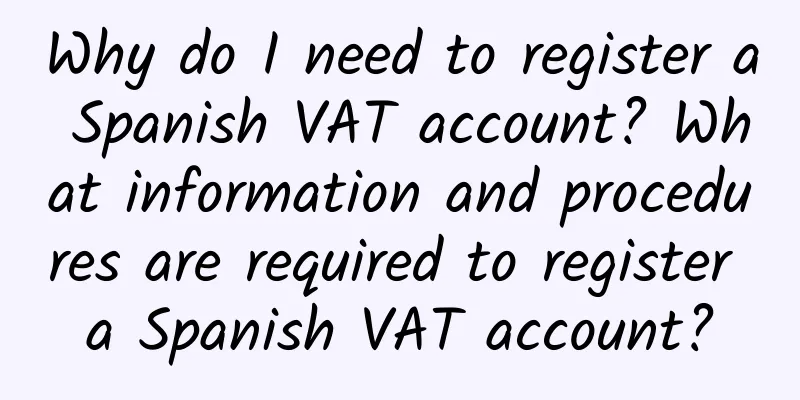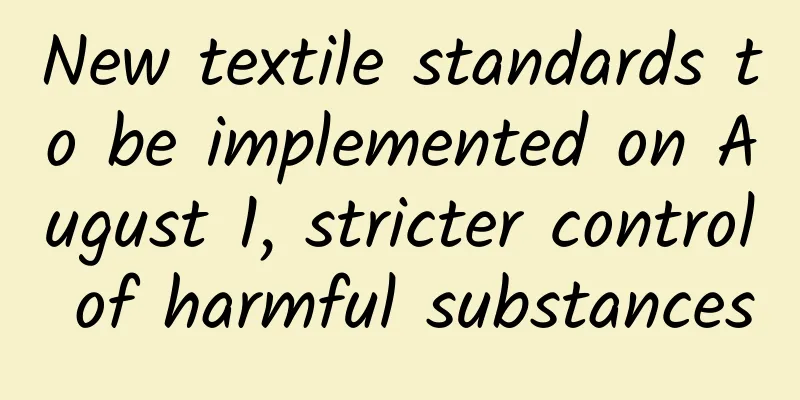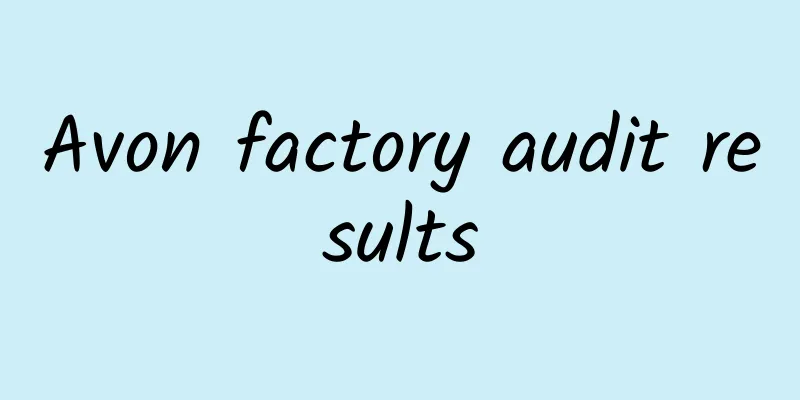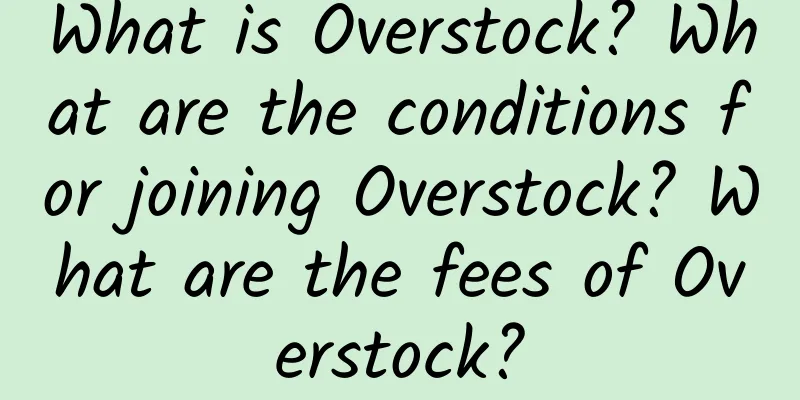SVCOC Sustainable Viscose Certification Trading Certificate Content Standard
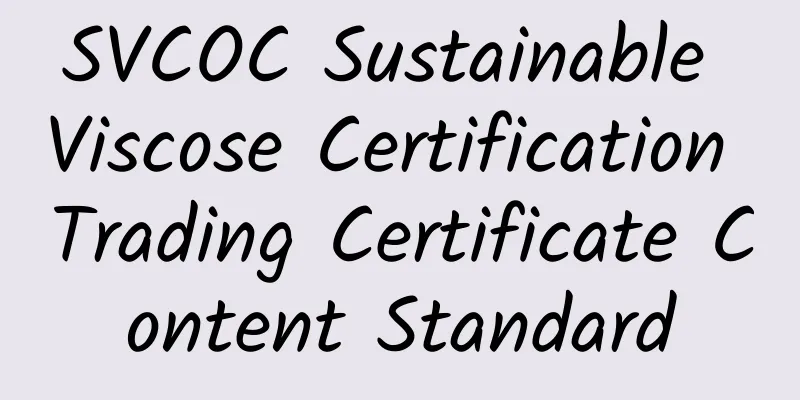
Sustainable viscose fiber can be compounded with a variety of materials to form new materials, thereby achieving diversified functions. Graphene compounded with ordinary fibers has special functions such as antibacterial, anti-mite, strong heat dissipation, anti-cutting, anti-static, anti-ultraviolet, far-infrared heating and flame retardant, and can be widely used in fabrics, clothing, home textiles, knitting and other textiles.SVCOC Sustainable Viscose Certification covers every stage of sourcing, processing, trading and distribution, including changes in product ownership when entering the next stage of the supply chain. Organizations in subsequent steps do not necessarily need to hold a valid FSCC O C/PEFC COC/GOTS/GRS/OCS scope certificate. If organizations in subsequent steps of the supply chain do not have a valid FSCC O C/GOTS/GRS/OCS scope certificate, they shall comply with the additional requirements set out in the Annex to this document. For these organizations, CUC shall publish a scope statement annually, including their site, product and volume statements. SVCOC Sustainable Viscose Certification Trading Certificate Content Standards: When an organization has been verified on-site or online and confirmed by CUC that it meets the requirements of this verification scheme, the organization shall be considered verified. Trade Certificates (TCs) are issued by CUC to demonstrate the sustainability of viscose products. Certified organizations sourcing requested materials should receive and maintain valid TCs for all sustainable viscose products purchased. TCs can only be issued to certification bodies that sell sustainable viscose products. For all certified products sold in B2B transactions (except sales to final retailers), the certification organization shall apply for TCs from CUC. The certification organization shall provide TCs upon request. The seller shall provide documentary evidence of the certified products sold to CUC. The CUC should perform a quantity check during validation to determine if there is enough input to produce the product each year (taking into account material conversion and waste). In addition, the CUC should perform a quantity check when the TC is issued to determine if there is enough input to produce the product for that batch - (taking into account material conversion and waste). Are you still worried about not passing the factory inspection? Don’t worry! Chaowang Consulting has been engaged in factory inspection and certification consulting for many years. We have rich experience and connections, and are familiar with the process and steps of factory inspection and certification. We can help companies solve certification problems at any time, easily deal with them, and pass them smoothly! Consultation phone: 021-51029391! |
<<: About SVCOC Sustainable Viscose Certification!!!
>>: ISCC audit significance and certification standards
Recommend
What is eMAG? Tips for eMAG sellers!
What is eMAG? eMAG is the largest online retailer...
How to pass Ann Taylor's anti-terrorism factory inspection
How to pass Ann Taylor's anti-terrorism facto...
What is FiveStars? What are the features of FiveStars?
What is FiveStars? FiveStarsCard is equivalent to...
The FSC certification system is widely used in the international market
Relevant experts suggest that in the future, loca...
All BSCI members who need factory inspection (Part 2)
Dykon A/S factory inspection consultation/certifi...
What are Google Ads? What are the advertising formats of Google Ads?
What is Google Ads? Google Ads is a self-service ...
SaaS – Software as a Service (SaaS)
What is SaaS? SaaS is the abbreviation of Softwar...
Upfluence—Influencer contact and search tool
What is Upfluence? Upfluence is a celebrity analy...
How to create a high-quality Shopee Listing?
A high-quality listing will bring more traffic to...
How to sell well on eBay? Where to start?
Many new eBay sellers may still be unfamiliar wit...
Timberland Timberland factory inspection introduction
Timberland Timberland factory inspection introduc...
Key points from interviews with Tesco employees on human rights audits
What are the key points of the Tesco human rights...
The correct way to sell products on eBay’s US official website!
eBay US is a huge consumer market. What should yo...
eBay business account does not meet the requirements or receives sales restrictions
eBay has been implementing the overseas warehouse...
How is Furunde? What are the advantages of Furunde?
How about Furunde? Shenzhen Furunde Supply Chain ...
